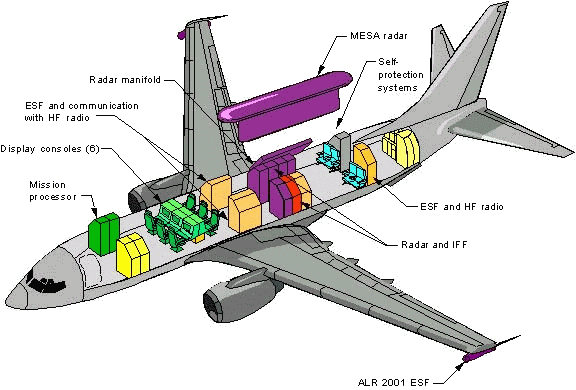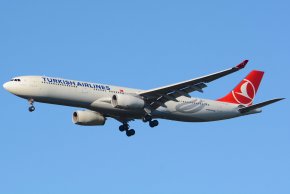It wasn't an active proposal just a simple thought in my head. While yes it would cost more and benefits of supply chain would be some what reduced the one thing that it would benefit from as best as I can tell would be power supply. Exluding what is used to run key systems in the aircraft it's self the 787/330 having a greater amount of excess power available which would actually open up more tracking options for the radar as its core limitation is power supply.
Firstly, AFAIK the actual specifications for the Northrup Grumman MESA are not in the public domain, so what the power demand is and what it could be is not publicly available. Having said that, I would imagine that if it was felt necessary, some sort of APU could be installed into a B737 to provide additional power and/or Li-Ion batteries, given how much potential space and available weight vs. a commercial B737.
Secondly, having a larger physical airframe could actually make it more difficult to fit and use the MESA, as potentially bad things could happen if a beam with enough RF energy were to come into contact with a portion of the airframe, like a metallic wing or cockpit. Potentially even more interesting would be if the RF radar beam were to come into contact with something radio translucent, which then have metallic internal components like avionics and/or a wiring harness.



